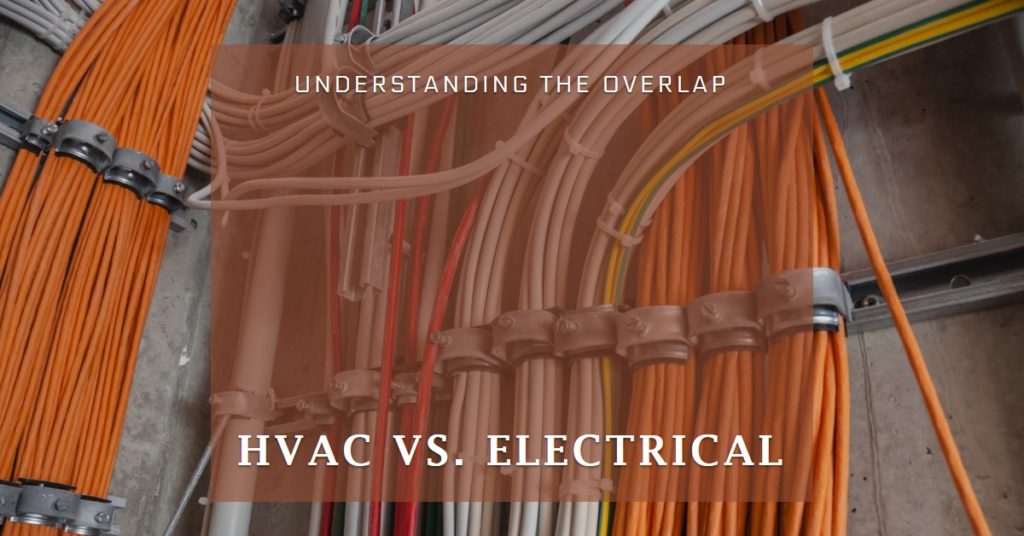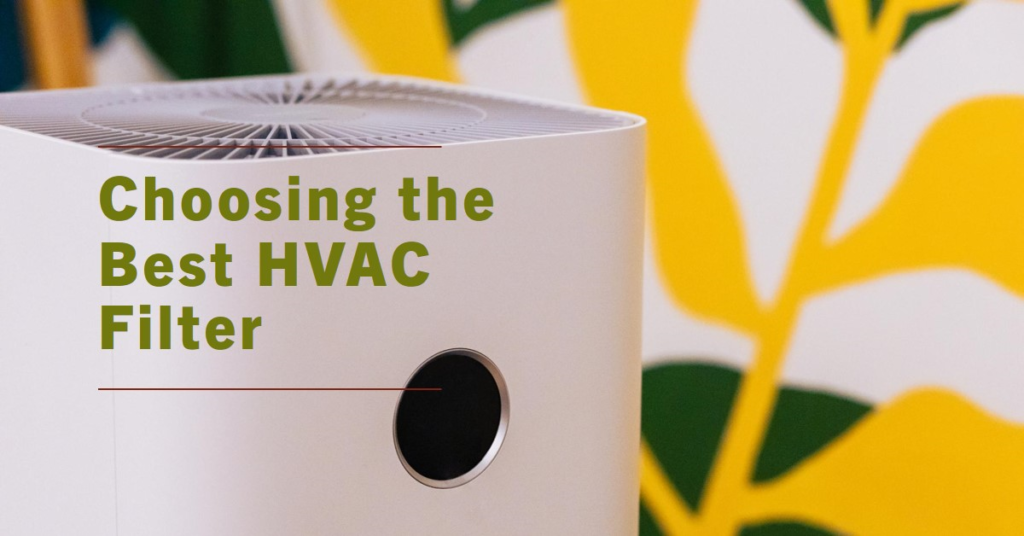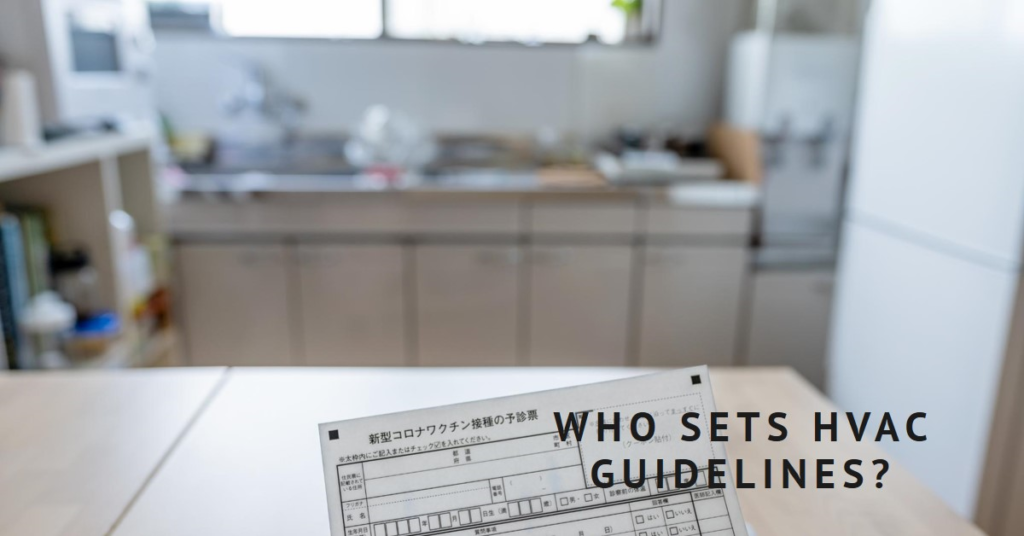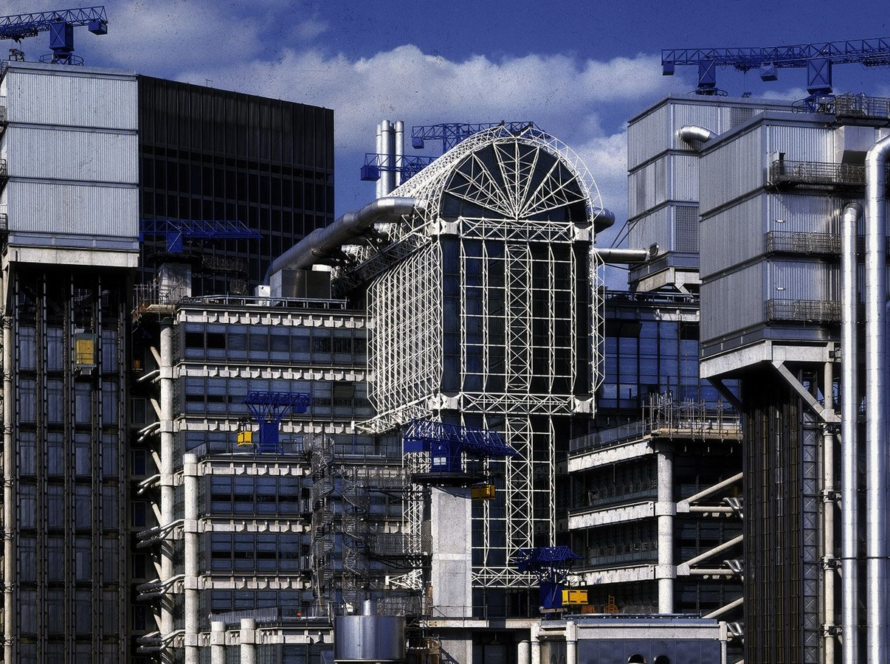
Table of Contents
- Introduction:
- The Foundations of HVAC Systems:
- The Core of Electrical Systems:
- Where HVAC Meets Electrical: The Intersection
- Smart Systems and Technological Integration:
- Energy Efficiency and Sustainability:
- Safety and Compliance: A Dual Responsibility
- The Role of Electrical Contractors in HVAC Projects:
- Training and Certification: Bridging the Gap
- The Future of HVAC and Electrical Integration:
- Conclusion: Embracing the Synergy
Introduction:
In the modern world of building systems and infrastructure, HVAC (Heating, Ventilation, and Air Conditioning) and electrical systems play pivotal roles in ensuring the comfort, safety, and functionality of residential, commercial, and industrial spaces. Despite their distinct functions, there is a significant overlap between HVAC and electrical systems, particularly as technology advances and integrates more smart features. This blog post will delve into the nuanced relationship between these two essential systems, exploring their unique functions, the areas where they intersect, and the implications for building design and maintenance.
The Foundations of HVAC Systems:
Heating, Ventilation, and Air Conditioning systems, commonly known as HVAC, are designed to provide thermal comfort and maintain indoor air quality. These systems are crucial in both residential and commercial settings, ensuring that occupants can live and work in a comfortable and healthy environment.
HVAC systems are composed of several components, including furnaces, air conditioners, heat pumps, ductwork, and ventilation fans. Each component has a specific function, from heating the air in winter to cooling it in summer, and ensuring that fresh air circulates throughout the building. By maintaining the correct temperature and air quality, HVAC systems contribute significantly to overall well-being.
The Core of Electrical Systems:
Electrical systems are the backbone of modern infrastructure, providing the necessary power to run everything from lighting and appliances to advanced industrial machinery. These systems are integral to nearly every aspect of our daily lives, ensuring that homes, offices, and factories operate smoothly and efficiently.
An electrical system includes components such as wiring, circuit breakers, outlets, switches, and various devices that consume electricity. The primary function of these systems is to safely distribute electrical power from the grid to end-users, ensuring that all devices and appliances receive the necessary voltage and current to function correctly.
Where HVAC Meets Electrical: The Intersection
The intersection between HVAC and electrical systems is most evident in the way HVAC equipment relies on electrical power to operate. Every component of an HVAC system, from the thermostat that controls the temperature to the compressor that cools the air, requires electricity to function.
For instance, electric furnaces and heat pumps use electrical resistance to generate heat, while air conditioning units and ventilation fans depend on electric motors. Moreover, modern HVAC systems often incorporate sophisticated electronic controls and sensors, further increasing their reliance on electrical systems. This dependency underscores the critical overlap between HVAC and electrical engineering.
Smart Systems and Technological Integration:
With the advent of smart technology, the overlap between HVAC and electrical systems has become even more pronounced. Smart thermostats, for example, allow users to control their HVAC systems remotely via smartphones or other internet-connected devices. These thermostats can learn users’ preferences, optimize energy usage, and provide detailed reports on energy consumption.
Additionally, the integration of HVAC systems with home automation systems enables seamless control of various building functions, from lighting to security. This convergence of technology highlights the growing interdependence of HVAC and electrical systems, as both rely on a robust electrical infrastructure to deliver enhanced functionality and efficiency.
Energy Efficiency and Sustainability:
Energy efficiency is a significant concern for both HVAC and electrical systems. As buildings strive to reduce their carbon footprint and comply with stringent energy codes, the design and operation of these systems must be optimized for maximum efficiency.
Modern HVAC systems are designed with energy efficiency in mind, incorporating features such as variable-speed motors, advanced refrigerants, and energy recovery ventilators. Similarly, electrical systems are evolving to include energy-efficient lighting, smart meters, and renewable energy sources such as solar panels. By working together, HVAC and electrical systems can significantly reduce energy consumption and contribute to sustainable building practices.
Safety and Compliance: A Dual Responsibility
Ensuring the safety and compliance of HVAC and electrical systems is a dual responsibility that requires close collaboration between HVAC technicians and electricians. Both systems must adhere to strict codes and standards to prevent hazards such as electrical fires, carbon monoxide leaks, and other potential risks.
For example, proper grounding and bonding of electrical systems are essential to prevent electrical shocks and fires, particularly in areas where HVAC equipment is installed. Additionally, HVAC systems must be regularly inspected and maintained to ensure they operate safely and efficiently. This shared focus on safety underscores the importance of integrating HVAC and electrical expertise in building design and maintenance.


The Role of Electrical Contractors in HVAC Projects:
Electrical contractors play a crucial role in the installation, maintenance, and repair of HVAC systems. Their expertise ensures that all electrical components of HVAC equipment are correctly wired and function as intended. This collaboration is vital for the successful operation of HVAC systems, particularly in complex projects that require precise coordination between multiple trades.
From installing circuit breakers and wiring to connecting thermostats and control systems, electrical contractors ensure that HVAC systems receive the necessary power and operate safely. Their involvement is essential for meeting regulatory requirements and ensuring the longevity and reliability of HVAC equipment.
Training and Certification: Bridging the Gap
The increasing overlap between HVAC and electrical systems has led to a growing demand for professionals who possess skills in both fields. As a result, many training programs and certifications now offer combined courses that cover both HVAC and electrical topics.
These programs equip technicians with the knowledge and skills needed to install, maintain, and repair integrated systems. By bridging the gap between HVAC and electrical expertise, these training programs help create a workforce capable of meeting the demands of modern building systems and ensuring that both HVAC and electrical systems operate seamlessly.
The Future of HVAC and Electrical Integration:
As technology continues to advance, the integration between HVAC and electrical systems is expected to deepen further. Innovations such as the Internet of Things (IoT), artificial intelligence, and renewable energy sources will drive the development of even more sophisticated and interconnected systems.
Future HVAC systems may include features such as predictive maintenance, which uses AI to anticipate equipment failures and optimize performance. Similarly, electrical systems may incorporate advanced energy storage solutions and smart grid technologies to enhance energy efficiency and resilience. This ongoing evolution will require continued collaboration between HVAC and electrical professionals to ensure that these systems deliver the highest levels of performance and sustainability.
Conclusion: Embracing the Synergy
In conclusion, understanding the overlap between HVAC and electrical systems is crucial for anyone involved in building design, construction, and maintenance. These systems are inherently interconnected, relying on each other to provide the comfort, safety, and efficiency that modern buildings demand. By embracing the synergy between HVAC and electrical systems, professionals can create integrated solutions that enhance the functionality and sustainability of buildings, ultimately improving the quality of life for occupants.
As we move forward, the collaboration between HVAC and electrical experts will be more critical than ever, driving innovation and ensuring that our built environments are equipped to meet the challenges of the future. Whether through advanced training programs, technological integration, or a shared commitment to safety and efficiency, the intersection of HVAC and electrical systems will continue to shape the landscape of modern building systems.


